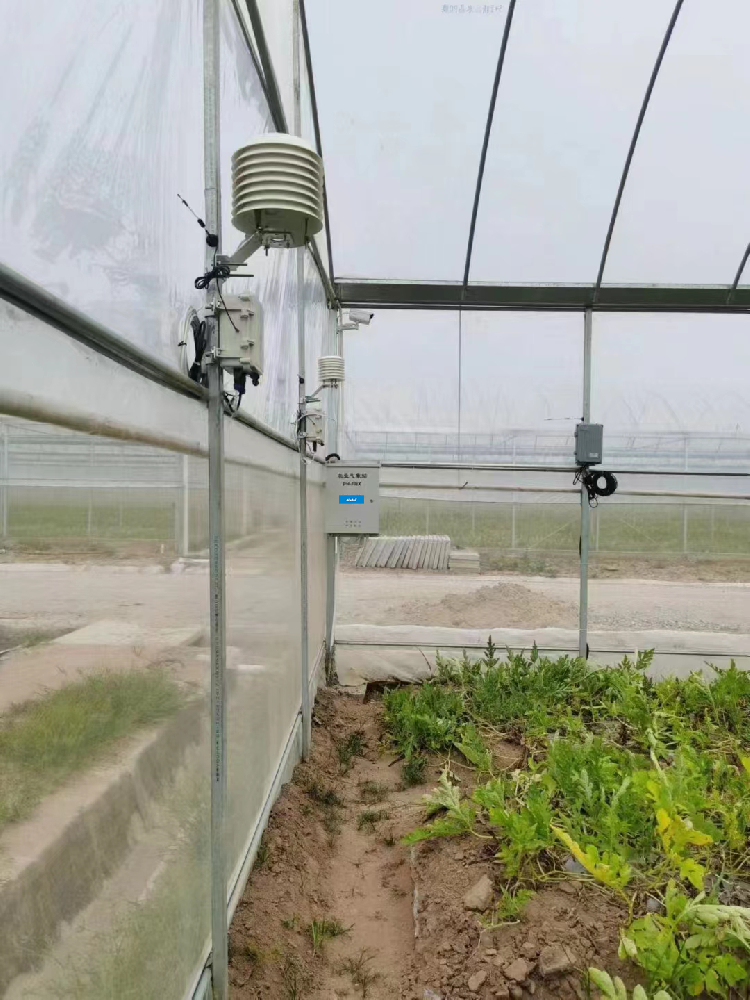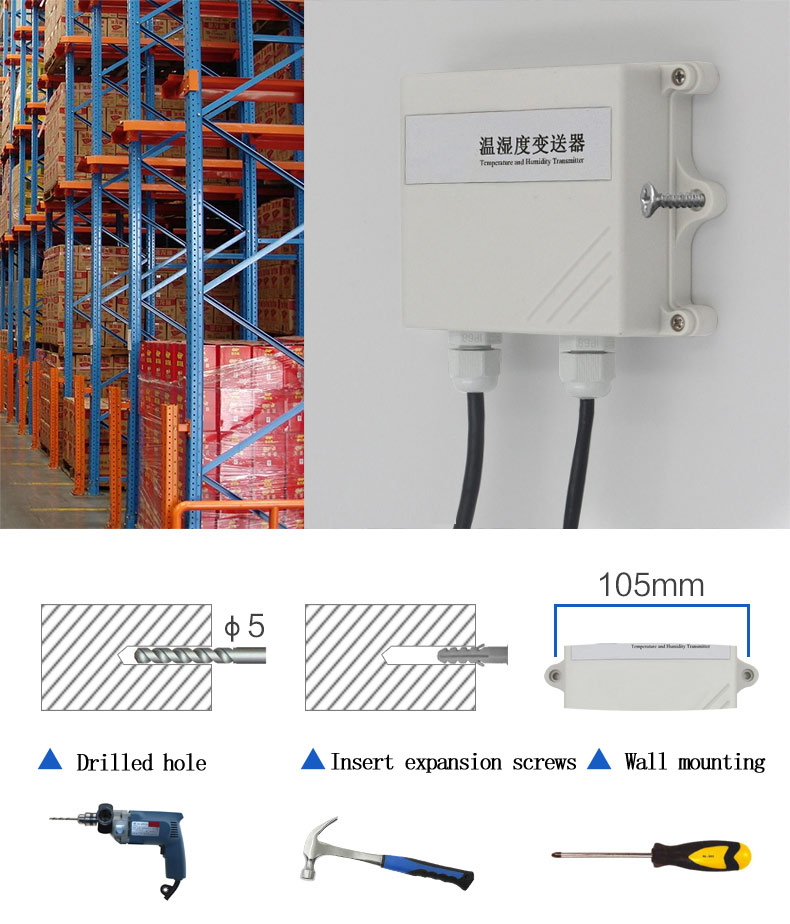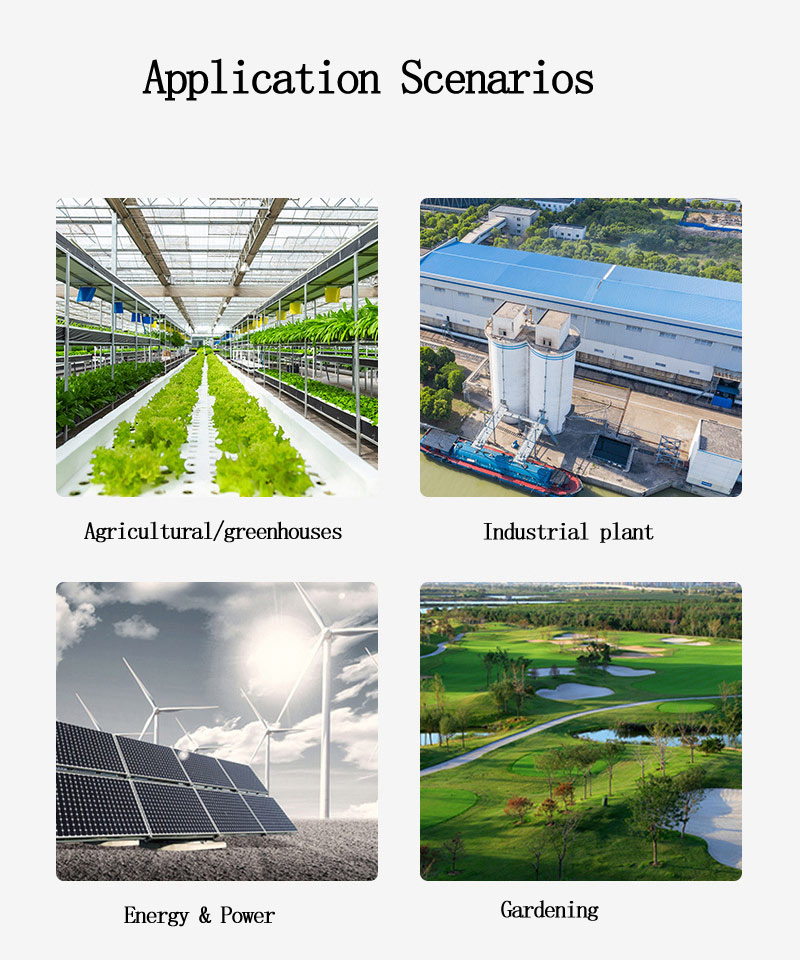

— Blogs —
—Products—
 Consumer hotline +8618073152920
Consumer hotline +8618073152920 WhatsApp:+8615367865107
Address:Room 102, District D, Houhu Industrial Park, Yuelu District, Changsha City, Hunan Province, China
Product knowledge
Time:2024-09-16 20:07:09 Popularity:1337
A relative humidity sensor is a device that measures the ratio of water vapor content in the air to the saturated water vapor content at the same temperature. Relative humidity (RH) is a physical quantity that expresses how moist the air is, usually expressed as a percentage. At a given temperature, air is capable of holding a certain amount of water vapor. Air is considered saturated when the actual water vapor content reaches a maximum value, at which point the relative humidity is 100%.
1. Capacitive sensor:
- This type of sensor contains two conductive plates and a dielectric material (usually hygroscopic) which together form a capacitor.
- When water vapor in the air is absorbed by the dielectric material, the capacitance of the material changes.
- By measuring the change in capacitance, the relative humidity of the air can be determined.

2. Resistive sensors:
- Resistive sensors use a material that varies with humidity (e.g., hair, certain salts, or polymers) as the resistive element.
- As the material absorbs or releases moisture, its resistance changes.
- By measuring the change in resistance, the relative humidity can be calculated.
3. Dew point sensor:
- This type of sensor determines relative humidity by measuring the change in temperature as the air cools to the dew point temperature.
- As air cools to the dew point, water vapor condenses into water droplets and this temperature is directly related to the relative humidity.
A temperature and humidity sensor is a device or apparatus that measures and converts information about the temperature and humidity in an environment. It is usually equipped with moisture-sensitive and heat-sensitive elements that sense changes in temperature and humidity in the environment and convert these changes into electrical signals for processing and output. These electrical signals can be current signals, voltage signals, or digital outputs through specific interfaces (e.g., 485, 232, etc.).
Temperature and humidity sensors typically have a wide temperature measurement range of -40°C to +120°C, while the humidity measurement range covers 0% to 100% RH. In terms of accuracy, the temperature accuracy can reach ±0.5°C (at 25°C), while the humidity accuracy can reach ±3% RH (at 5% RH to 95% RH, at 25°C).

Relative humidity sensors provide accurate humidity data to help various industries optimize production processes, improve product quality, and ensure safe and comfortable environmental conditions, the following are some of the main application scenarios.
1. Home and office environments: for controlling and sensing humidity in offices and homes, where higher humidity levels may affect human health and comfort. In addition, indoor growing and cooking scenarios also require humidity monitoring.

2. Industrial production: In industries such as chemicals, refineries, and metal processing, high humidity reduces the amount of oxygen in the air and affects the production process. In paper, textile, food processing and other humidity-sensitive industries, controlling humidity is the key to ensuring product quality.
3. Agriculture: Irrigation techniques such as drip irrigation require precise control of plant water content, and soil moisture monitoring is critical for crop growth. Indoor vegetation growth environment also need humidity sensor to maintain appropriate humidity levels.
4. Electronics and Semiconductor Manufacturing: Many electronic devices have stringent humidity requirements, typically between 10% and 50%. Semiconductor manufacturing plants need to maintain very precise humidity and temperature to avoid production defects.
5. Medical field: Medical equipment such as sterilizers, incubators, ventilators, etc. require humidity control to ensure proper operation of the equipment and patient safety. Humidity sensors are also used for environmental control in bioprocess and pharmaceutical plants.
6. Meteorological and environmental monitoring: In weather stations, environmental monitoring stations and other places, relative humidity sensors are used to collect meteorological data to help predict weather changes and environmental conditions.
7. Automotive and Transportation: In vehicles, RH sensors are used in automatic air conditioning systems to adjust air conditioning operating modes according to the humidity in the vehicle to improve passenger comfort.
8. food storage and transportation: in food warehouses and during transportation, relative humidity sensors monitor environmental conditions to preven food from spoiling or mold.
9. heritage protection: in museums and archives, relative humidity sensors are used to monitor the storage environment and protect artifacts and archives from changes in humidity.
10. Laboratory research: monitoring and controlling relative humidity in various experiments to ensure the accuracy of the results.
11. Warehousing and logistics: monitoring relative humidity in warehouses to protect stored items, especially those susceptible to humidity.
12. Automation control systems: temperature and humidity sensors are also commonly used in automation control systems, such as smart homes and industrial automation. By measuring temperature and humidity, the control system can automatically adjust the operation of air conditioners, humidifiers, dehumidifiers and other equipment according to environmental changes to improve energy efficiency and comfort and reduce energy consumption.
Summarize
By measuring the ratio of water vapor content to saturated water vapor content in the air, relative humidity sensors provide critical environmental monitoring data for multiple industries. Whether it's optimizing the living environment, safeguarding the quality of industrial production, or facilitating advances in agriculture and healthcare, relative humidity sensors are an indispensable tool. As technology continues to advance, the accuracy and reliability of RH sensors will be further improved to support a wider range of application scenarios.
Related recommendations
Sensors & Weather Stations Catalog
Agriculture Sensors and Weather Stations Catalog-NiuBoL.pdf
Weather Stations Catalog-NiuBoL.pdf
Related products
 Combined air temperature and relative humidity sensor
Combined air temperature and relative humidity sensor Soil Moisture Temperature sensor for irrigation
Soil Moisture Temperature sensor for irrigation Soil pH sensor RS485 soil Testing instrument soil ph meter for agriculture
Soil pH sensor RS485 soil Testing instrument soil ph meter for agriculture Wind Speed sensor Output Modbus/RS485/Analog/0-5V/4-20mA
Wind Speed sensor Output Modbus/RS485/Analog/0-5V/4-20mA Tipping bucket rain gauge for weather monitoring auto rainfall sensor RS485/Outdoor/stainless steel
Tipping bucket rain gauge for weather monitoring auto rainfall sensor RS485/Outdoor/stainless steel Pyranometer Solar Radiation Sensor 4-20mA/RS485
Pyranometer Solar Radiation Sensor 4-20mA/RS485
Screenshot, WhatsApp to identify the QR code
WhatsApp number:+8615367865107
(Click on WhatsApp to copy and add friends)
